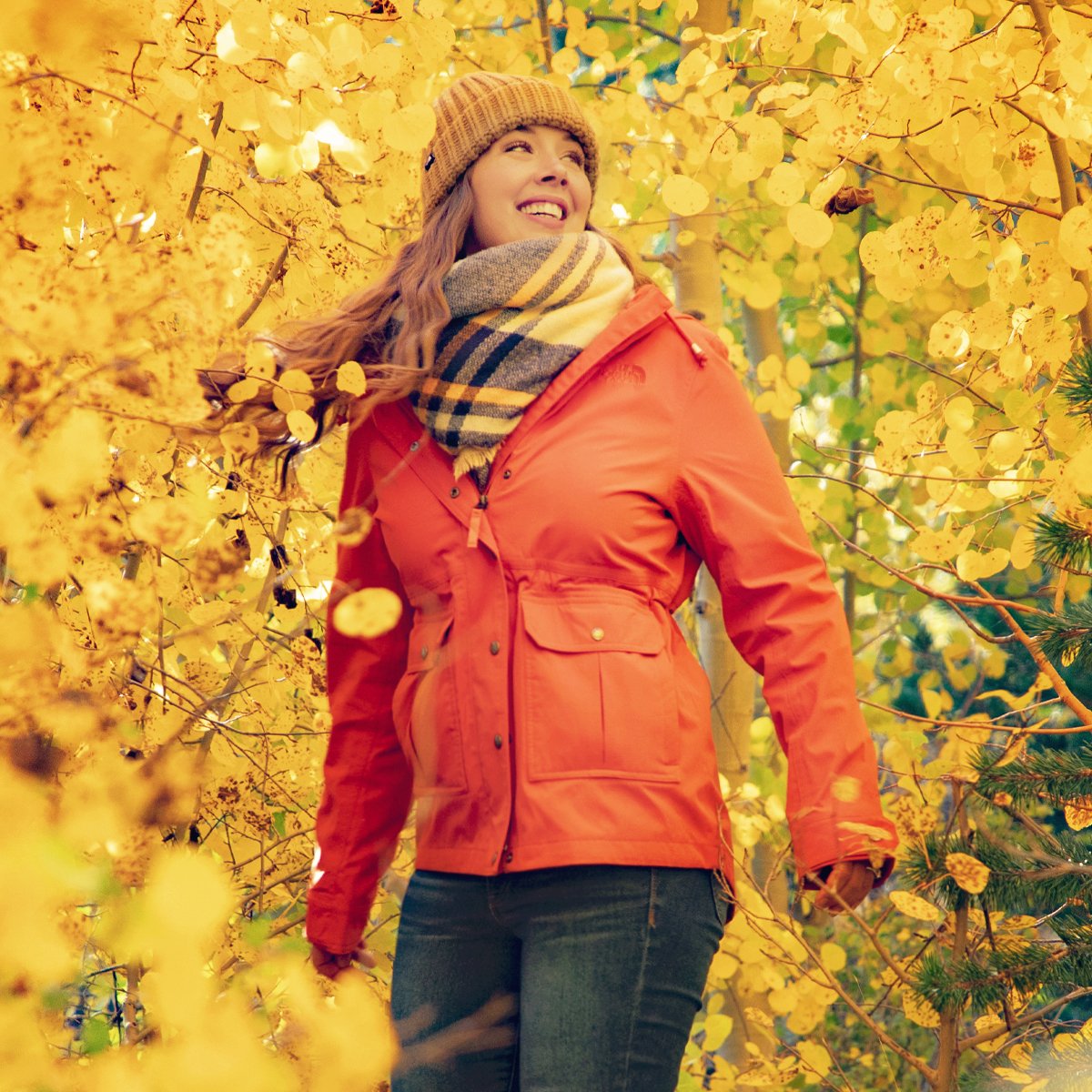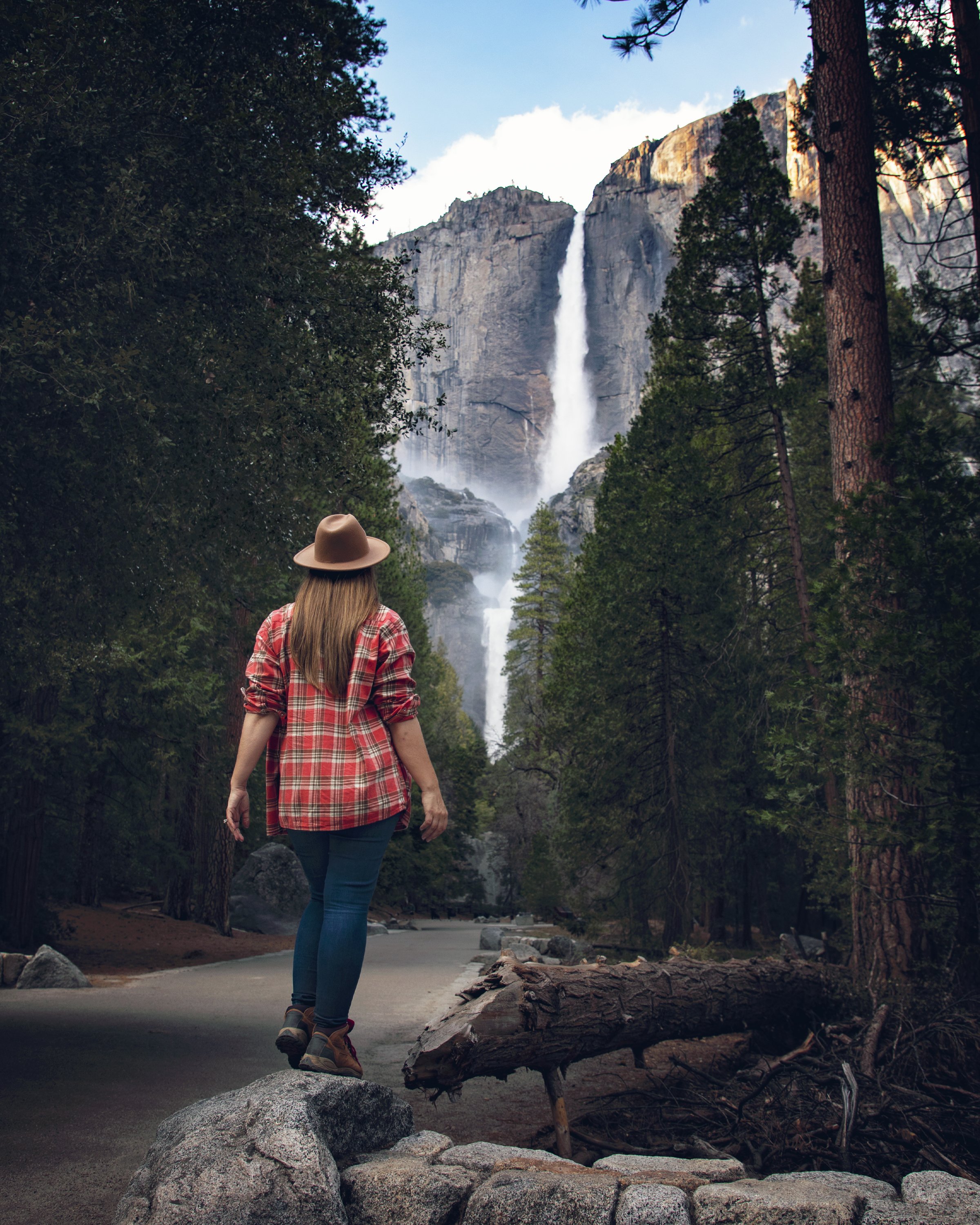Navigating Mosaic Canyon - Death Valley Slot Canyons
Happy Monday friends! This week we're exploring the captivating wonders and slot canyons of a lesser visited hiking trail inside Death Valley National Park. Join me on a virtual journey as we uncover the unique topography & hiking highlights that make Mosaic Canyon a must-visit destination on any Death Valley trip.
FAST FACTS
• Distance: 2.5-4 miles RT
• Elevation Change: Up to 1000 ft
• Difficulty: Moderate
Mosaic Canyon Trail in Death Valley National Park
Location
Nestled in the heart of the Death Valley desert landscape. Located just west Stovepipe Wells Village off CA-190, you turn onto the unpaved Mosaic Canyon Road for 2.3 miles to reach the trailhead. One of the reasons this hike is often less busy than many other Death Valley trails is the rough gravel road leading to it, however most sedans can easily make the drive (busses and large RV’s are not recommended). It is important to check local weather and road conditions before your trip because heavy rains can mean washboard roads with large rocks or divots (for reference on my recent trip I drove a Kia Sportage and it handled this bumpy road with ease). The trailhead at the top of Mosaic Canyon Rd is well marked and the large gravel parking area has ample parking.
Mosaic Canyon Trail in Death Valley National Park
Hiking Mosaic Canyon Trail
The Mosaic Canyon Trail is a four mile out and back hike, however this trail can be adjusted to a single mile if you’re short on time. Heading out from the trailhead this hike begins at the wide open mouth of the canyon. If you’re new to slot canyon adventures, Mosaic Canyon makes for a great introduction because the first narrows are located just a tenth of a mile into this trail. The terrain starts off as loose gravel beneath your feet, but soon you are boulder hopping, scrambling up boulder jams and traversing smooth polished narrows. In under a mile you move back and forth from wider sections to the narrowest towering parts of the slot...and these create much-appreciated shaded passageways in the Death Valley desert. The route here varies in length depending on how much scrambling you are comfortable with (remember, scrambling up is often easier than scrambling back down). Many day hikers like to stop at the boulder jam approximately 1.3 miles up into the canyon, but it is possible to continue past this obstacle with care, continuing through more narrows and open canyon sections with multiple dry waterfalls in view. An abrupt impassable 25 ft tall dry fall marks the official end of this trail after an elevation gain of nearly 1,000 feet.
Death Valley slot canyons along Mosaic Canyon Trail
Polished rock in Mosaic Canyon
Geology & Topography
Mosaic Canyon is known for its beautiful slots, but something else that makes this canyon very special is the incredible mosaic breccia patterns that give this spot its name. Breccia is the term for rocks created by the natural cementing together process of older and smaller pieces of rock. Many breccia examples can be viewed along the hike, making Mosaic Canyon is a geological work of art. Surrounding you on this hike are the uniquely shaped fragments of noonday dolomite, sandy matrix, and limey cement, creating an intricate mural tapestry throughout the canyon walls.
In other areas of this canyon, extreme flooding and erosion over time has subjected this dolomite to intense water, heat, and pressure, transforming it into swirling polished marble patterns beautiful to explore. Also despite the harsh conditions, this canyon is home to resilient desert plants, adding touches of green to the warm rock hues – so keep your eyes open for the local flora here.
Cactus in Death Valley’s Mosaic Canyon
Death Valley slot canyons in Mosaic Canyon
Mosaic Canyon Trailhead near the parking area
Know Before You Go
• Avoid hiking in extreme heat...hiking is not advised after 10am in the Summer. Drink plenty of water and watch for signs of dehydration on Death Valley hikes.
• Check local weather forecasts before setting out on your hike, and never hike in this canyon when it might rain because of potential flash floods.
• Please remember the Leave No Trace Principles so this park’s natural beauty can be enjoyed for years to come. Collecting, removing, or disturbing natural features or historic artifacts is strictly prohibited.
• Use caution when exploring side canyons, and be aware of rattlesnakes, scorpions, and other stinging insects. Only put your hands and feet where you can see that it is safe.
• Closest restrooms can be found at at the general store and restaurant at the Stovepipe Wells Village.
• Pets are not allowed on any trail in Death Valley National Park.
• Visit the official Death Valley NPS website for the most accurate and up-to-date information before your trip. As of the publishing of this post, many roads are still closed from damage caused by Hurrican Hilary in August 2023.
Top 10 Things to Do in Death Valley
Kia Sportage along Mosaic Canyon Road
In Summary
Thanks so much for joining me this week inside Death Valley National Park. For a virtual visit of Mosaic Canyon, make sure to watch my Behind the Blog video located at the top of this post, or watch it on YouTube here. Until next week, I hope you find adventure and encouragement wherever you go.
Crow nestled into the side of a Mosaic Canyon wall
If you enjoyed this post, you might also like…
About Me
I’m Dawn Marie, a travel and lifestyle blogger based out of Southern California. With in-depth articles, travel guides, and reviews on hotels & products, I seek to share my journeys to help you plan for your own. My adventures take me all over California, the western United States, and around the globe...and every Monday I post new content here, including a comprehensive blog post and YouTube video.
Search the Blog
Featured Posts
Etsy Shop




















Embark on a California desert road trip to explore otherworldly landscapes, unique rock formations, and stunning desert scenery. Visit Red Rock Canyon, Trona Pinnacles, Death Valley National Park, Alabama Hills & Fossil Falls. Discover epic stargazing, hidden hikes, scenic drives, and surreal photo spots on this unforgettable desert adventure with this complete travel guide & itinerary.